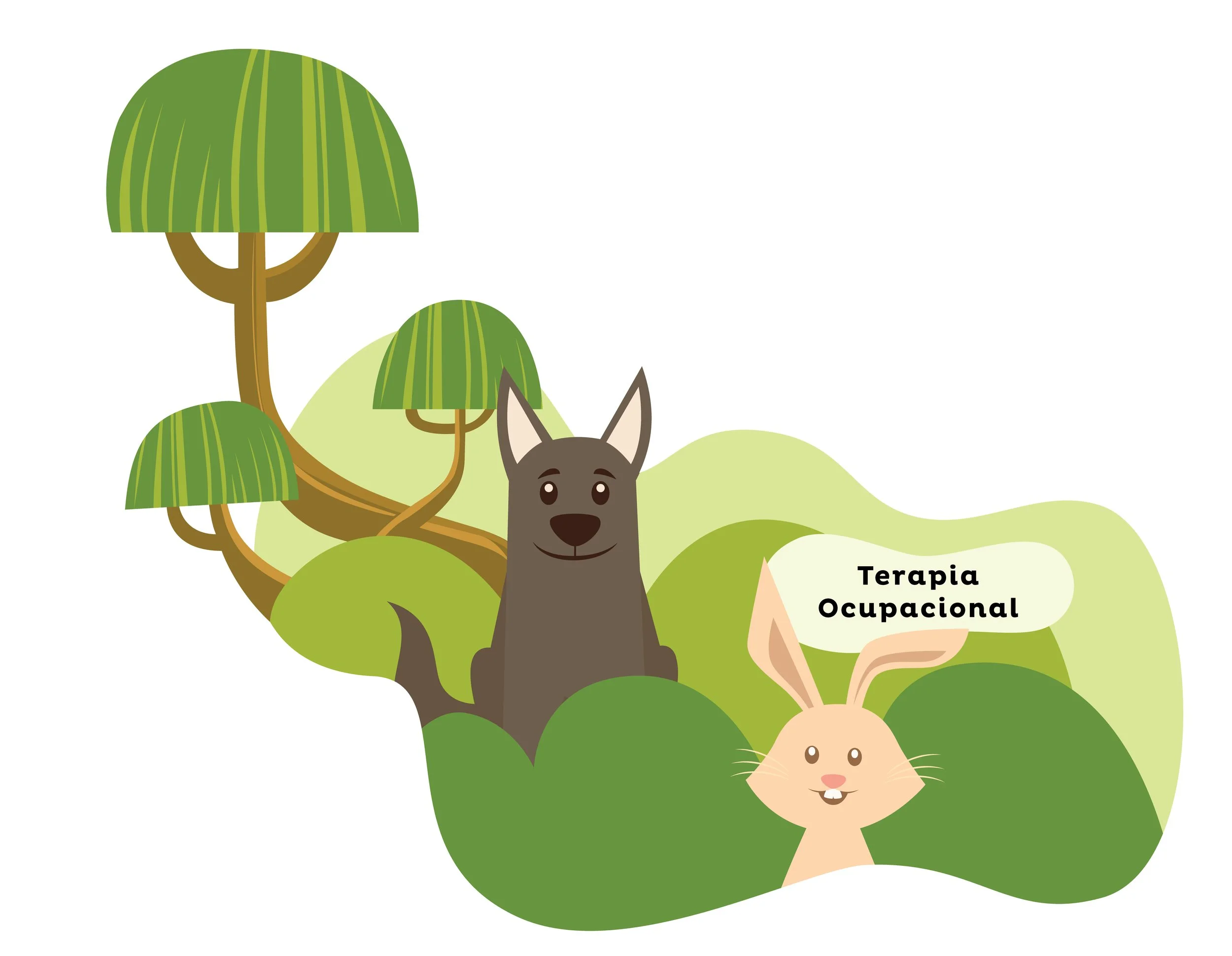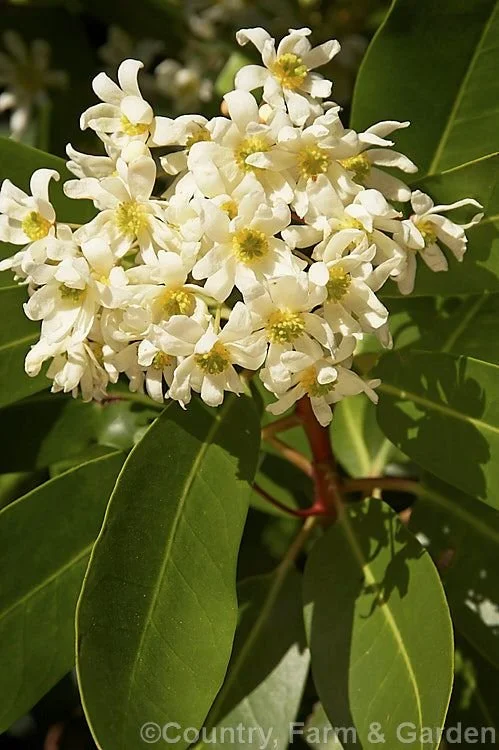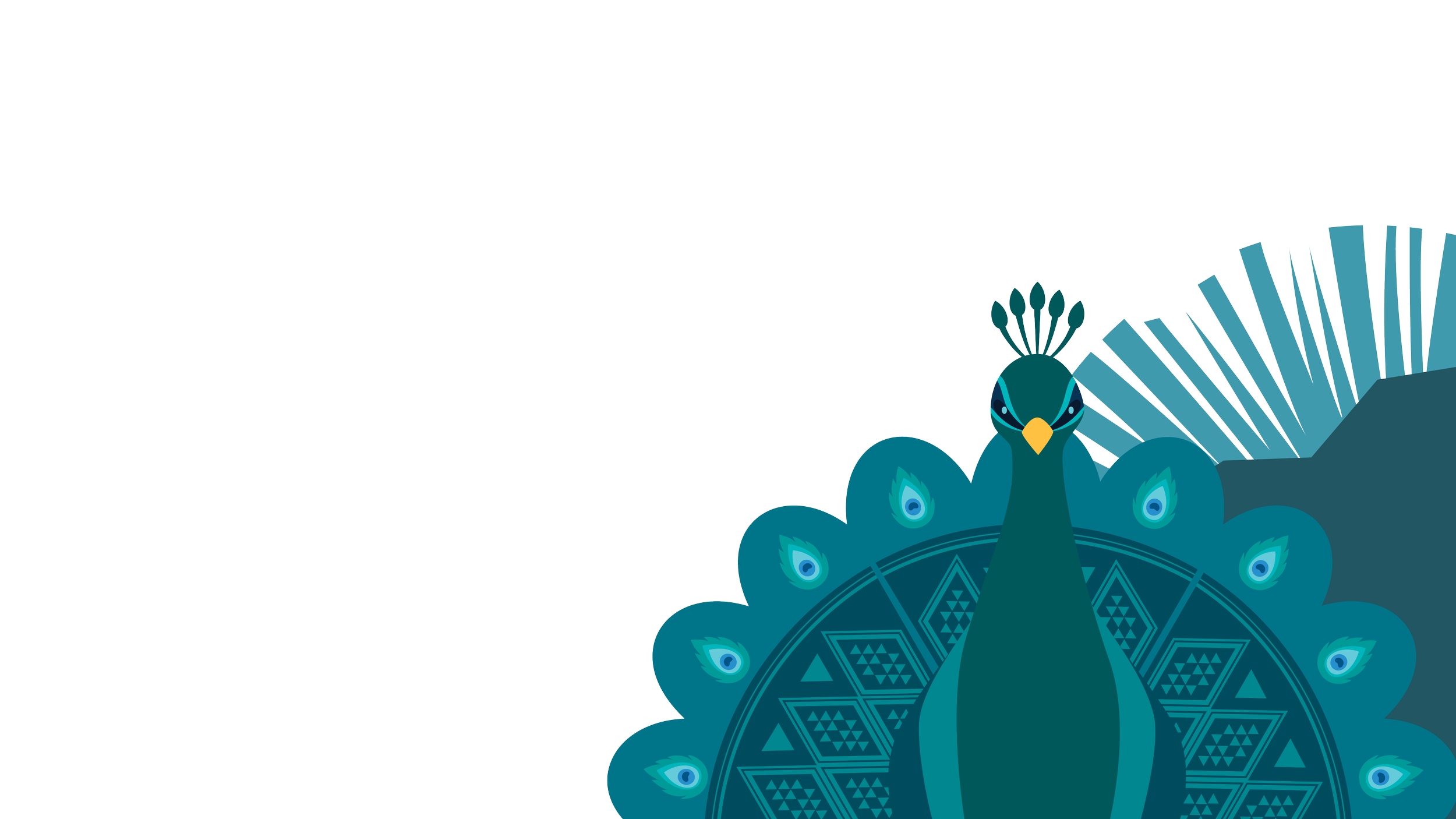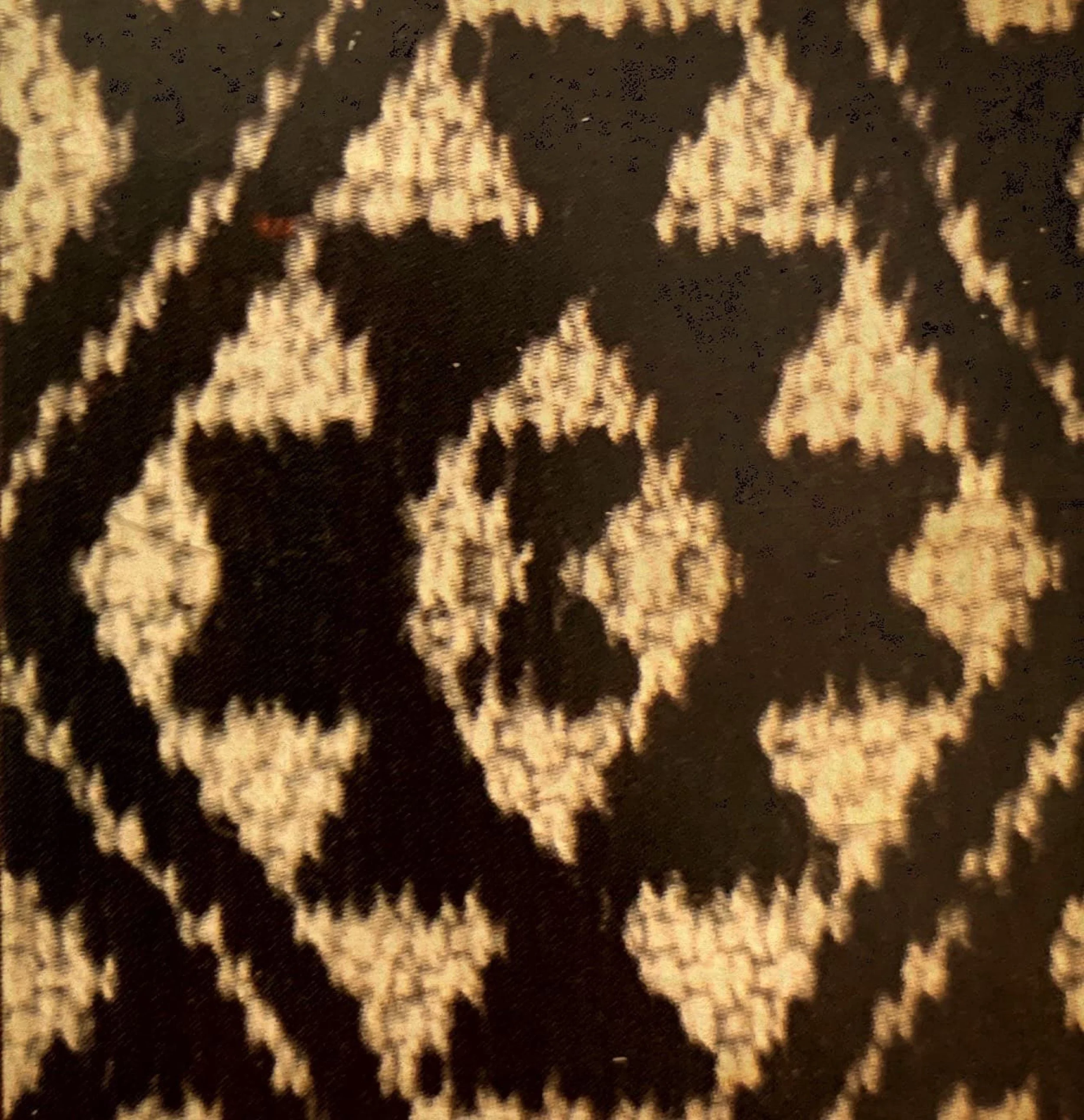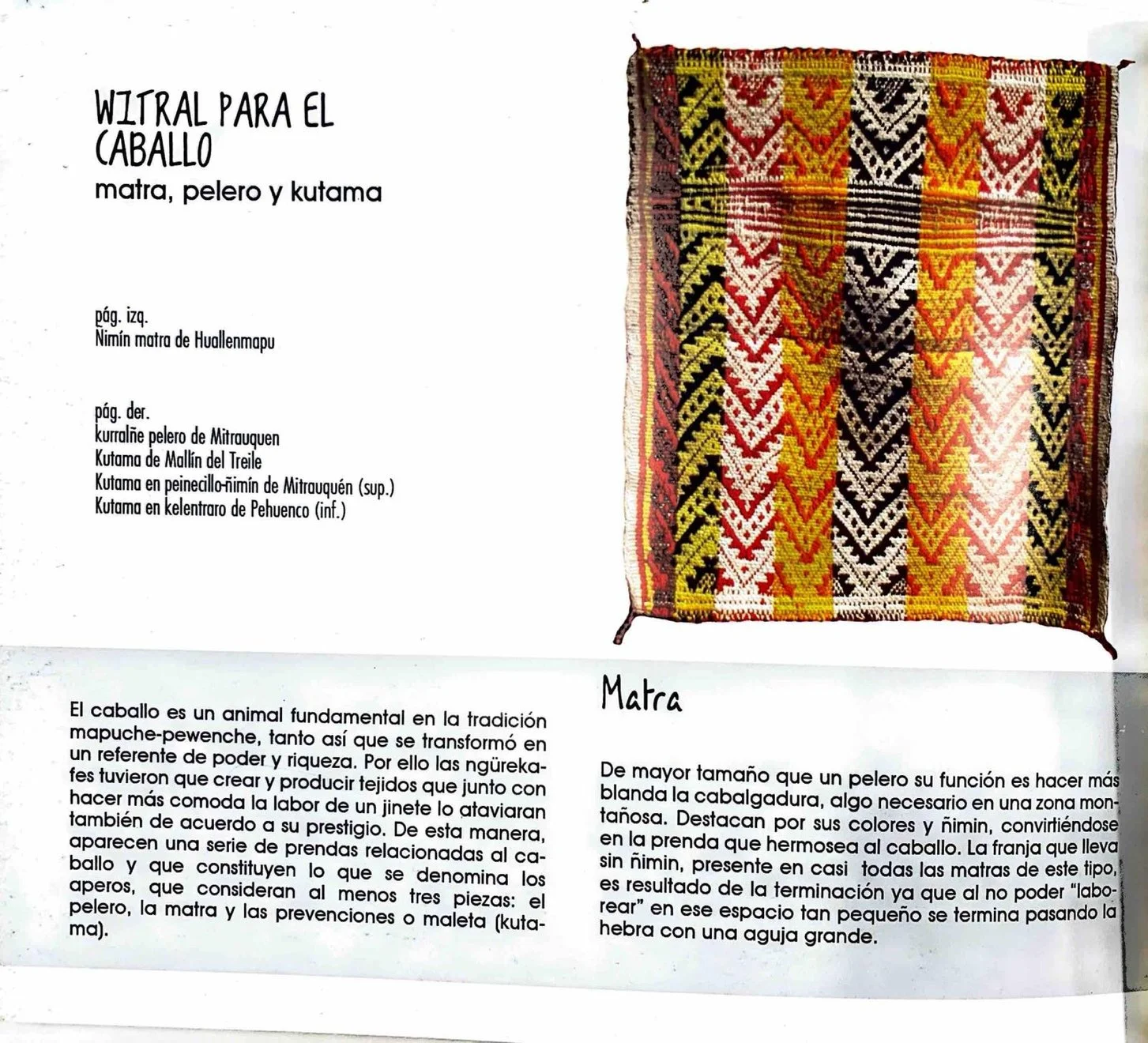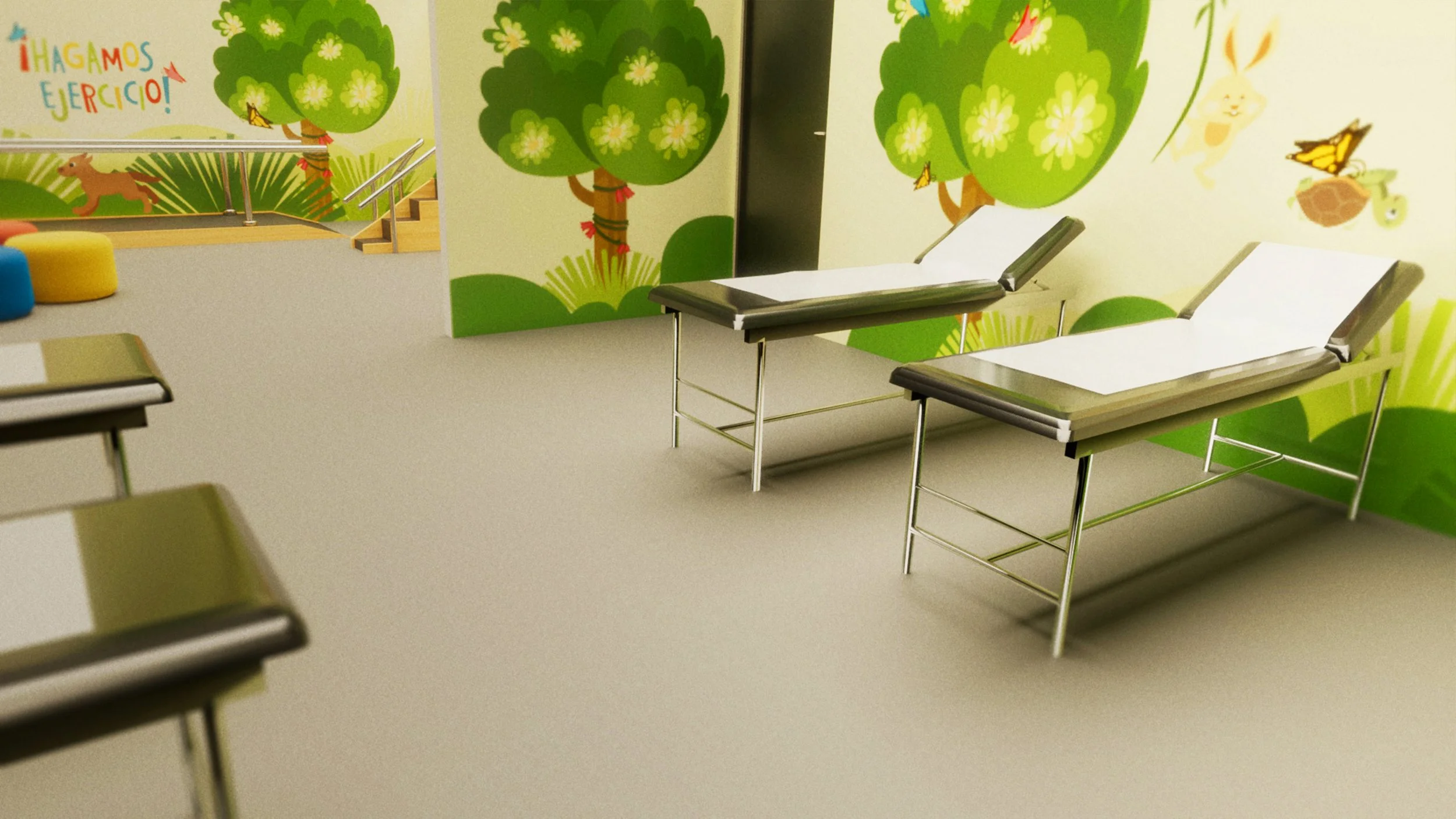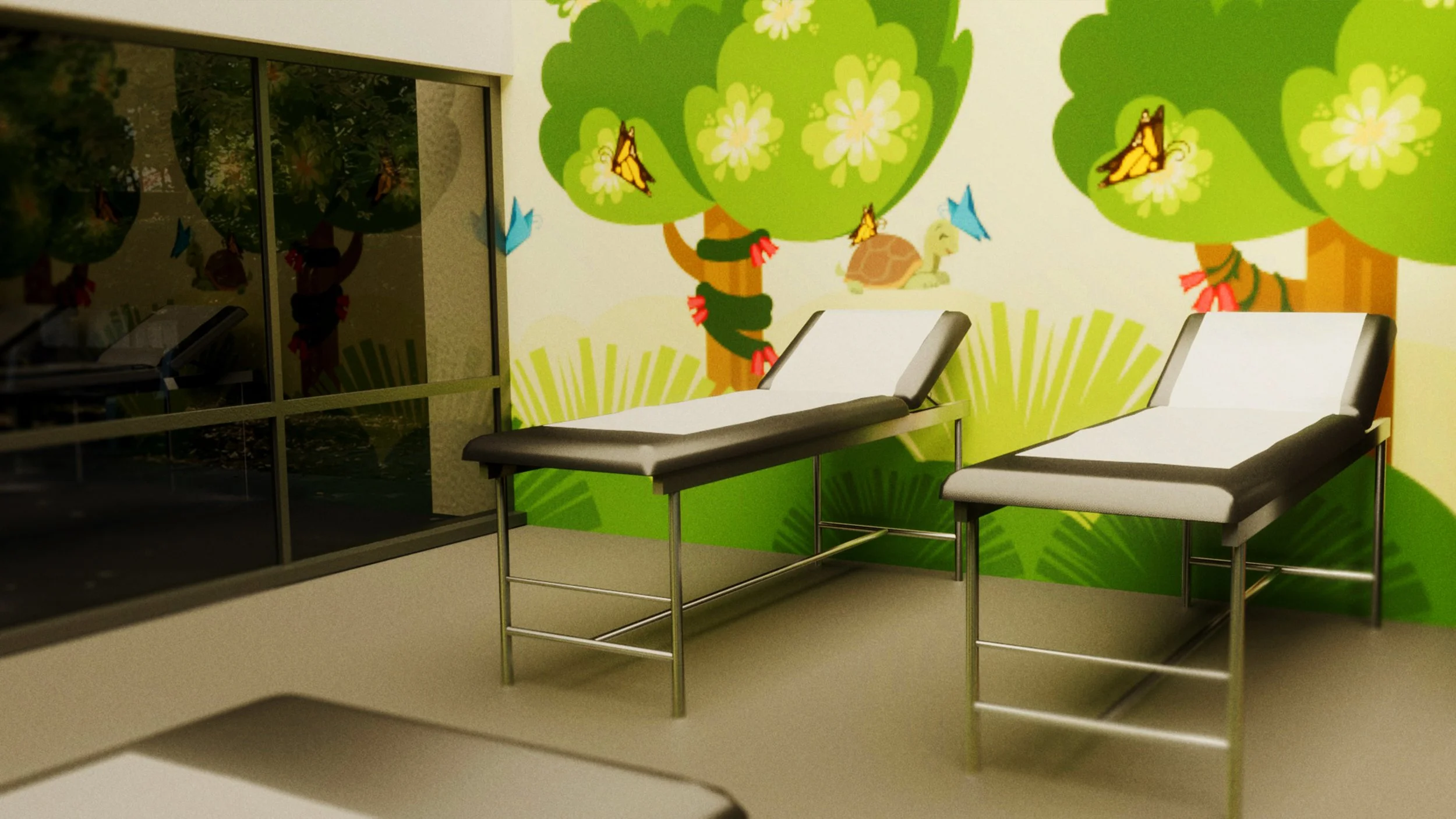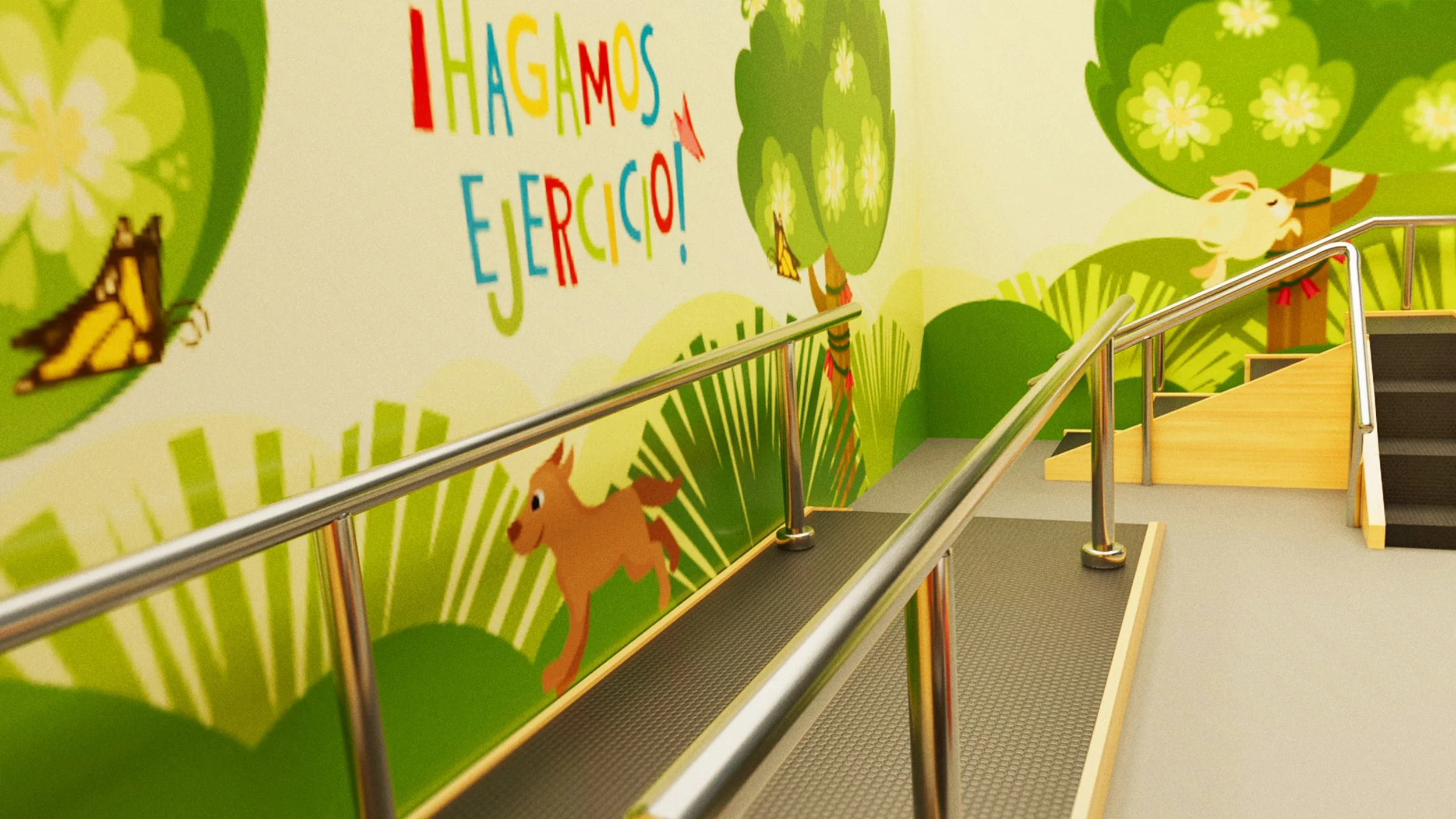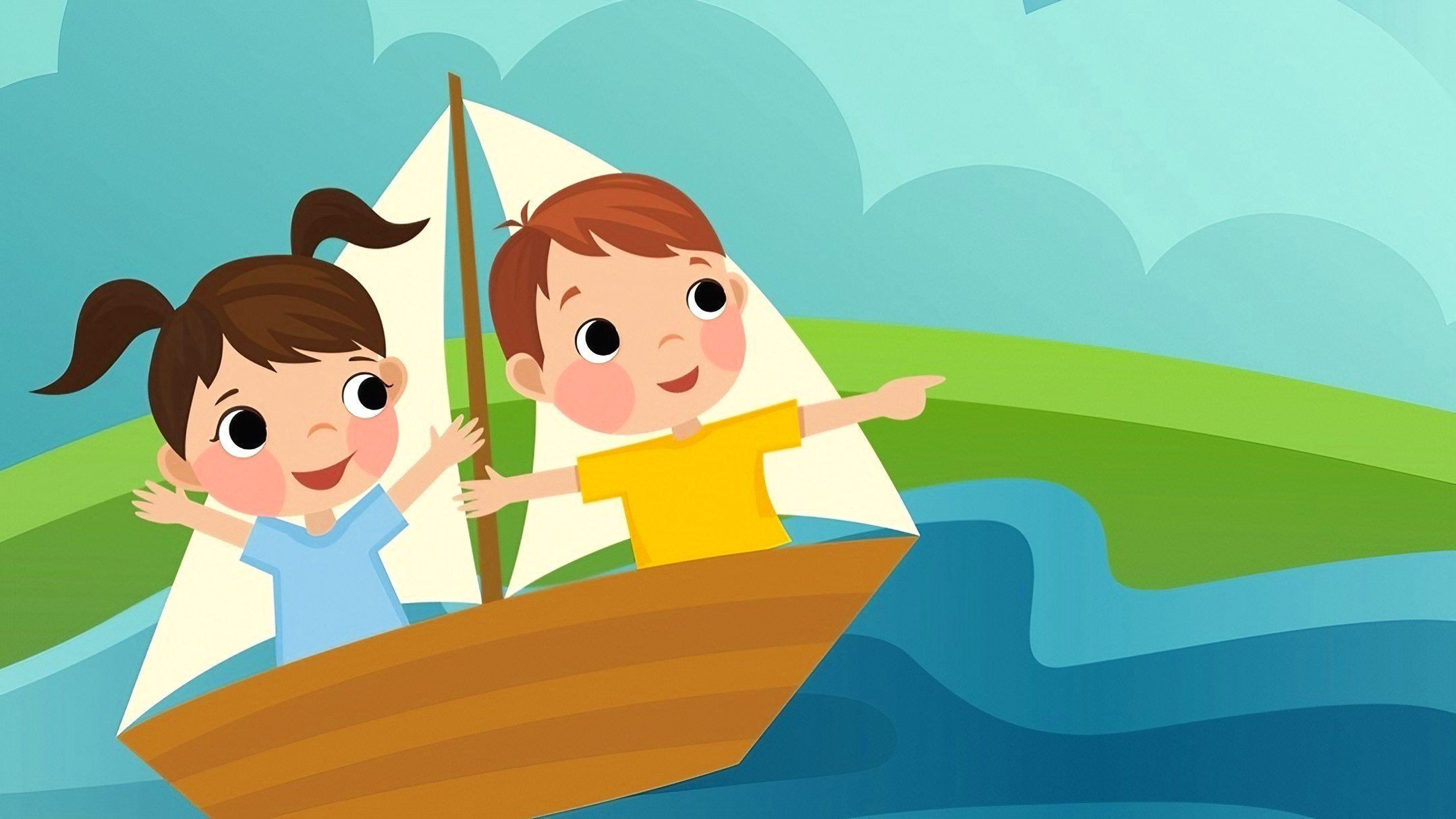
Title
Category
Safe Niños: Concepción
Spatial Graphics, Illustration
Collaborators
Role
Recognition
Credits
Core77 Design Awards 2024
(Student Notable Design for Social Impact Award)
Jingxin Liu, Fabi De Candido,
Stella Chen
Project Brief
Concepting, researching, illustrating
Danu Ardhata, Skyler Su
ArtCenter students partner with COANIQUEM, a nonprofit pediatric treatment facility in Santiago, Chile, that cares for young burn survivors free of charge. Together, we co-created and reimagined a holistic healing environment at COANIQUEM’s new campus in Concepción, while integrating the local Biobio region’s unique natural resources and cultural heritage to create an inclusive, multi-cultural experience.
Background
The “Healing Tree” narrative by Alvin Oei has been foundational to COANIQUEM’s branding and therapeutic approach. His vision laid the groundwork for a narrative that encapsulates holistic healing, becoming a cornerstone of the organization’s identity. The current design team, inspired by Alvin’s innovative concepts, has built upon this strong foundation to create a 2.0 version tailored specifically to the new Concepción campus.
Concept
The Biobio River springs from two large lakes in the Andes and flows northwestward to the Pacific Ocean near Concepción. It brings life to the people of Concepción. We adapted the previously developed story of the Healing Tree and its magical journey with this river to tie the narrative together and establish a deeper connection with the Concepción community. We aimed to transform the treatment process into a more engaging and less intimidating experience for children, while providing support for their families and enhancing interactions between staff and patients.
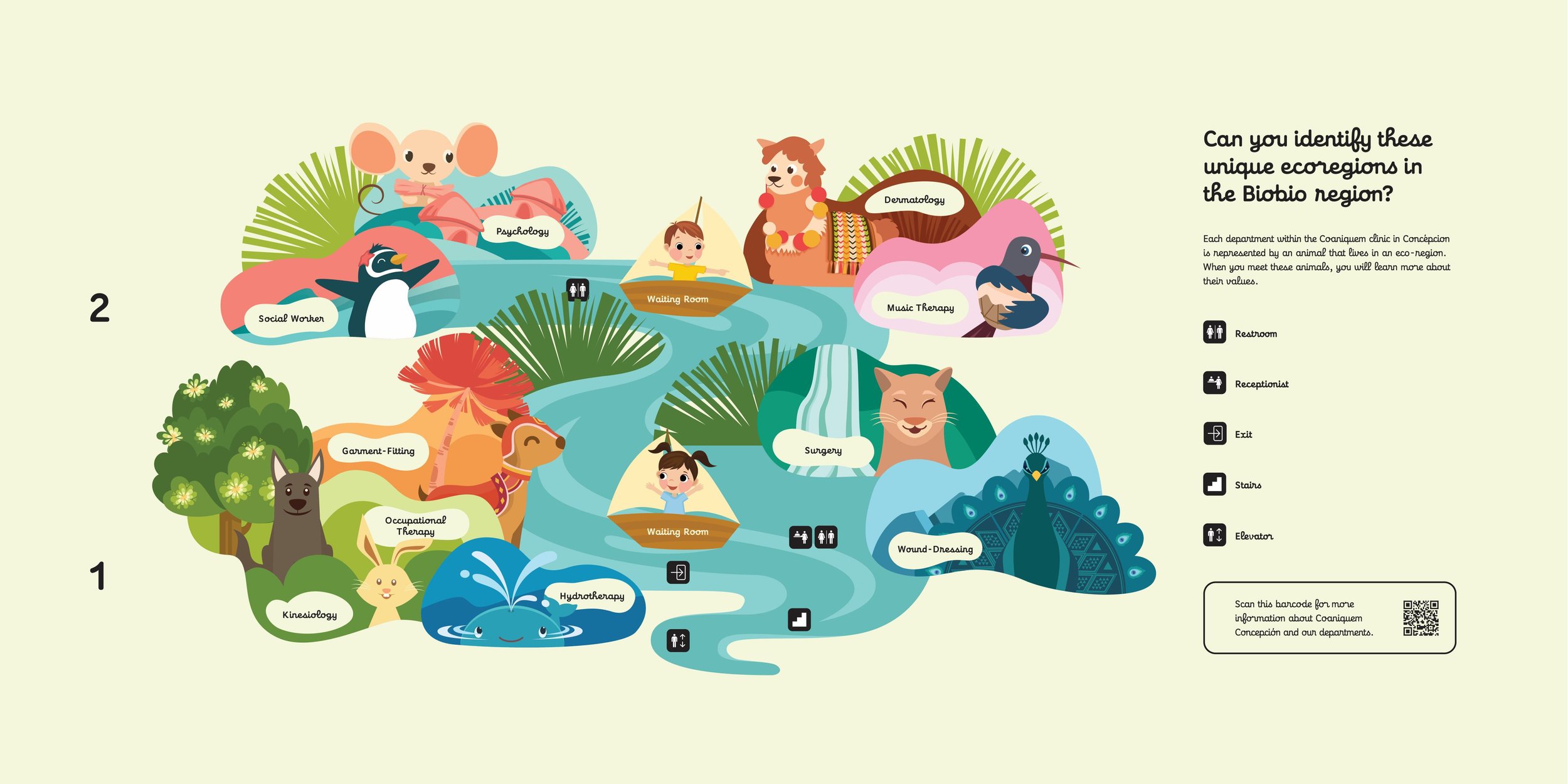
The spatial map serves as a bridge between the patients and the story and also between the patients and their family with the staff. That way, the story can be effectively used as a tool to educate the patients and stimulate an engaging, fun recovery experience. Each department within the COANIQUEM clinic is represented by an animal that lives in an eco-region. When patients see these animals, they learn more about the value of each one.
Spatial Map
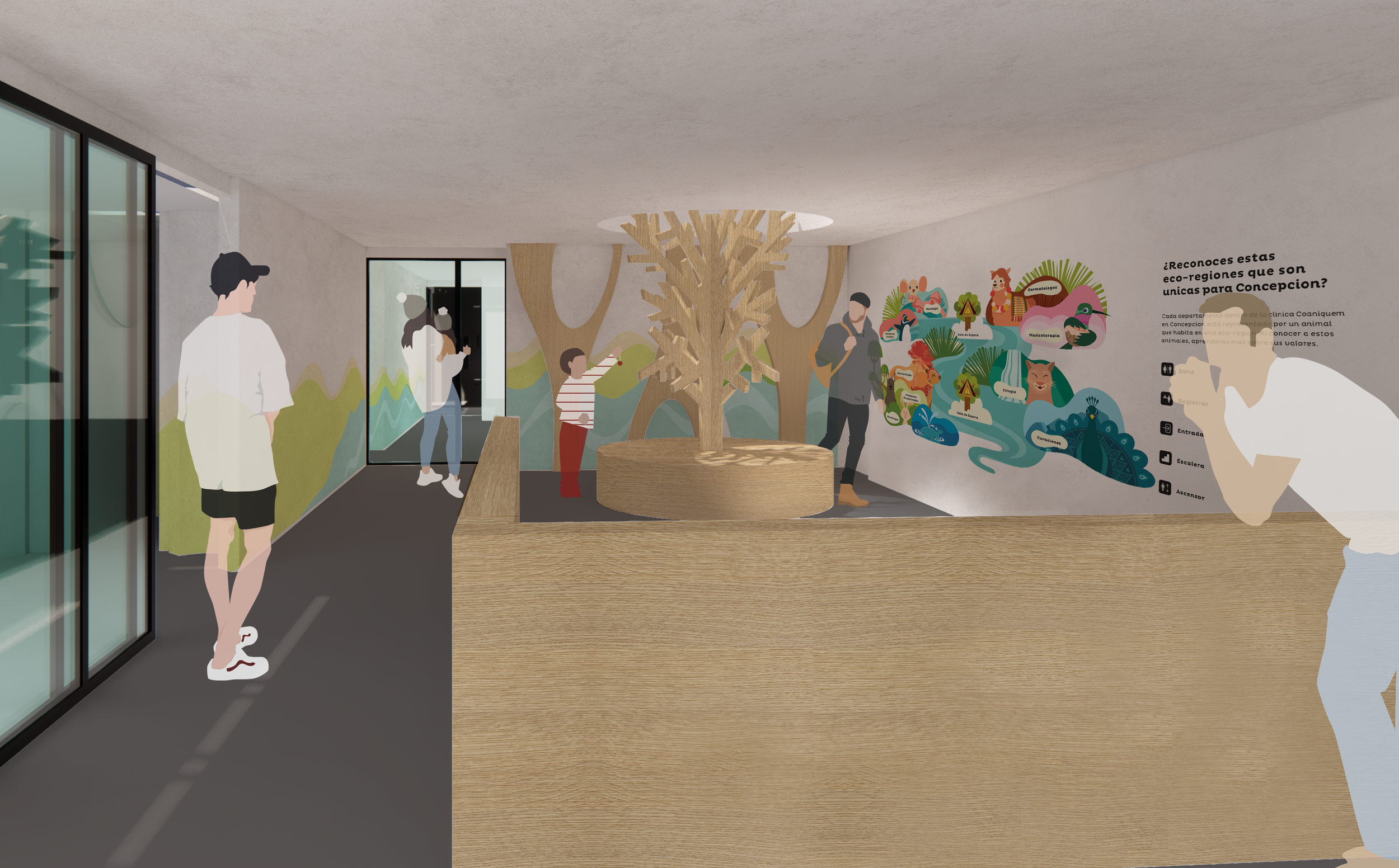
Culturally, Chilean society relies on communality and social interaction. This map is intentionally designed to differ from conventional wayfinding maps. It aims to encourage interaction between visitors and clinic staff.
The customizable placement of icons and isolated animal and eco-region graphics means this map can easily be revised and adapted for use at other COANIQUEM campuses, making it versatile and user-friendly.
What makes the city of Concepcion and the Biobio region unique? Other than certain species of flora and fauna, the Mapuche tribe lives in this region. They are proud of their culture and want the world to learn more about it!
Cultural Connection
Drimys winteri (Canelo Tree)
Drimys winteri is a species of tree that is extremely important to the Mapuche tribe due to its many functions. It is also considered to be a symbol of peace, and almost obligatory to have one planted near one's house for good luck and protection.
Araucaria araucana
The Araucaria araucana (pewen or monkey tree) is an endangered species native to Southern Chile and serves as Chile's national tree. It has been a crucial food source for the Mapuche people for millennia. The pewen is paired with the pudu, symbolizing uniqueness and representing the clinic’s garment-fitting department, as both endangered species are exclusive to Chile.
Pattern Study for Peacock
The pattern is based on Mapuche's ketel pattern, which has no precise meaning. It could be the branches or needles (leaves) of the pewen tree or it could a messenger bird when it appears within a rhombus as a single figure and would give protection to the bearer.
Pattern Study for Alpaca
The pattern is inspired by the Pewenche (a Mapuche sub-tribe) people’s horse saddles. These are used to provide cushion and comfort for the rider. I used this pattern to conceptually represent the clinic’s dermatology department
Gymnasium
One of the unique eco-regions in Chile is the lagoons, which are represented in the gym. This room houses two departments: physical therapy and occupational therapy. The animals in this room, such as dogs, birds, and bunnies, are depicted as being very active to encourage patients to be equally active.

Wound-Dressing Room
The graphic illustration in this room draws inspiration from Southern Chile's marble caves, featuring a shedding peacock to spark curiosity about the molting process. Eventually, their tails will regrow in time for the mating season, restoring the peacock’s beauty.
This process mirrors the wound-dressing procedure, which involves wound debridement — the removal of dead or unhealthy tissues from the wound to facilitate proper healing. This procedure can be particularly stressful, especially for pediatric patients, due to its painful nature.

